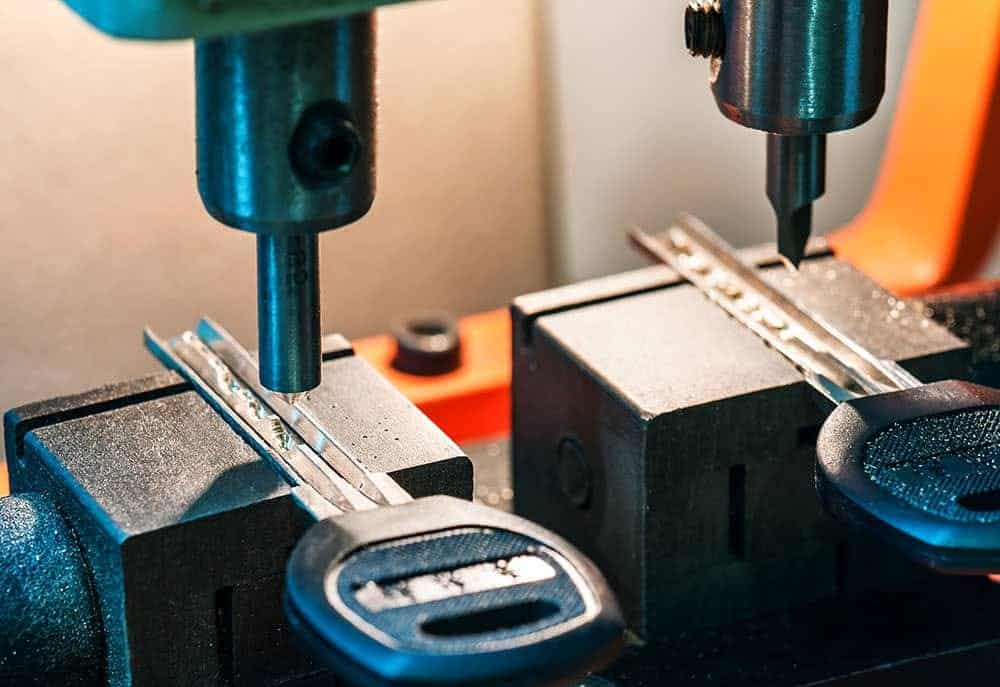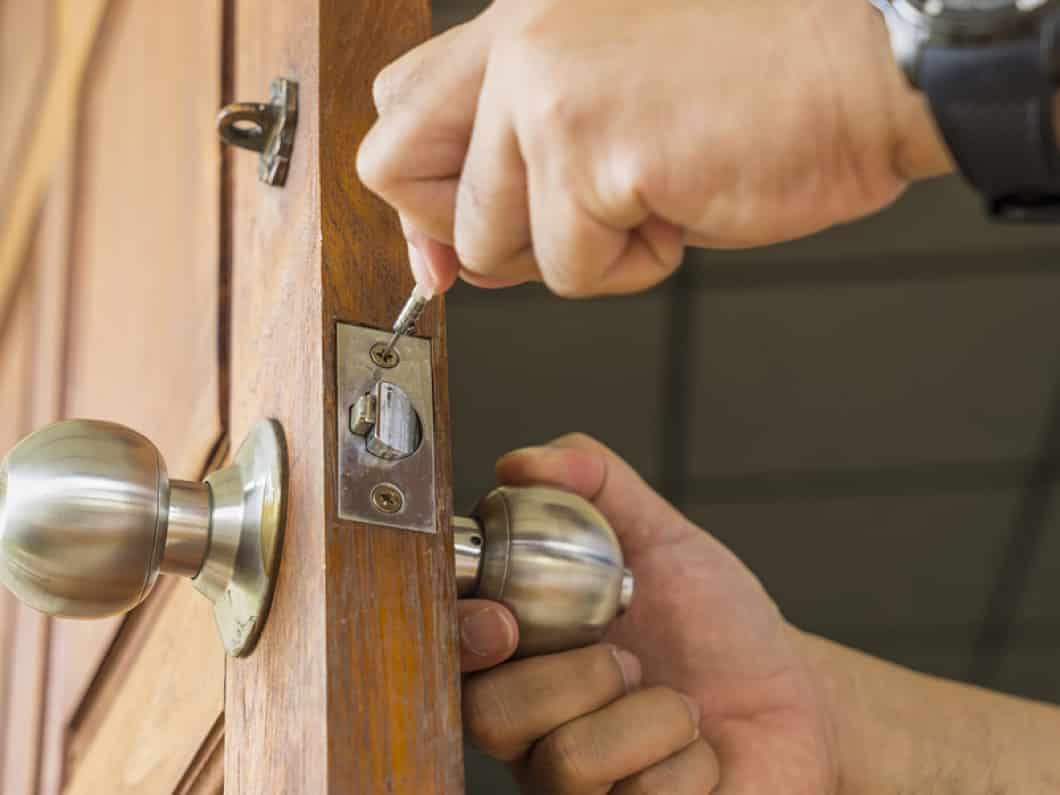Planning a home renovation in San Diego, California? Finding the right professional is key to ensuring a smooth and successful project. This guide to selecting a home renovation expert will help you navigate important factors like experience, licensing, customer reviews, and local expertise.
San Diego’s unique coastal climate and diverse architectural styles require a contractor who understands sustainable materials, energy-efficient upgrades, and city permit requirements. Whether you’re updating a historic home in Mission Hills or modernizing a beachfront property in La Jolla, choosing a skilled expert ensures quality craftsmanship and lasting value. Make informed decisions to turn your renovation vision into reality.
Acquire Knowledge
An individual’s professional background typically influences the standard of work they deliver. Those with expertise in home remodeling generally produce great outcomes. Assess their skills to gauge their capability in managing complex projects. Homeowners are advised to look for specialists who focus on the kind of renovation they seek—whether for kitchens, bathrooms, or entire homes.
Seek Suggestions
Family and friend recommendations can be extremely helpful when looking for guidance on services or professionals engaged in home improvement and repair work. They often provide personal insights and experiences that can be valuable in making informed decisions about who to trust with their projects and needs.
Review Project Portfolio
Exploring a renovation specialist’s portfolio provides insight into their design flair and skillful workmanship. The portfolio showcases a range of projects that reflect adaptability, imagination, and flair. This allows homeowners to assess whether the expert’s aesthetic resonates with their style while showcasing their choice of premium materials and meticulous attention to detail in projects.
Verify Credentials
Ensuring that an expert has proper credentials is essential to meet industry standards and regulations. A licensed professional follows guidelines to guarantee safety and quality in their tasks. Additional training and expertise are demonstrated through certifications. Homeowners should ask about any permits or approvals required for their home renovation project.
Check Insurance Coverage
Sufficient insurance protection shields homeowners from liabilities while renovating their homes. Professionals must have liability insurance and workers’ compensation insurance to guard against accidents or damages on the premises. The right insurance coverage reduces risks and offers peace of mind during project execution.
Ensure Effective Communication
Solid communication between homeowners and renovation professionals is key to the success of any project they undertake together. Professionals who listen attentively and tackle concerns effectively help create a collaborative atmosphere.
Regular updates and transparent communication about the project’s progress ensure that everyone stays in the loop. Homeowners should feel at ease sharing their thoughts and preferences with the expert in charge.
Enter Formal Agreements
Understanding the project scope and corresponding costs is crucial for homeowners before proceeding with any work in their homes. This helps prevent any surprises arising later during renovation or repair work.
Review Project Timeline
It’s essential to check if the expert is available and can meet the project timelines you have in mind as a homeowner. So, you must ask about their workload and any possible scheduling issues that might come up. A realistic timeline considers delays that may pop up along the way, and pros who stick to a schedule show they’re dependable and committed to getting things done on time.
Initiate Collaboration
A good rapport between homeowners and renovation professionals is essential for collaboration on home improvement projects. Experts who demonstrate professionalism in their interactions earn the trust and admiration of their clients. Homeowners are advised to evaluate the experts’ behavior and communication style to ensure a cooperative working relationship. A harmonious partnership leads to a pleasant and satisfying renovation process.
Consider Financial Constraints
Budget-making is crucial in renovation decision-making, as experts must balance renovation solutions within budget limits. At the same time, homeowners must consider expert advice and discuss expenses to avoid financial stress and ensure project success.
Final Thoughts
Choosing the right home renovation specialist requires assessing a range of elements that can impact a project’s success. Homeowners should prioritize expertise, reputation, and good communication when deciding whom to appoint. By taking these aspects into account, people can confidently start their renovation process with the assurance that they’ve selected a professional who can make their vision a reality.






 Key cutting is perhaps the most well-known service provided by locksmiths. However, the process has evolved significantly with advancements in technology.
Key cutting is perhaps the most well-known service provided by locksmiths. However, the process has evolved significantly with advancements in technology. Mobile locksmiths are skilled in installing and repairing a wide variety of locks. From traditional deadbolts to advanced electronic and smart locks, they can handle it all. They can assess the security needs of your property and recommend the best types of locks to enhance your safety.
Mobile locksmiths are skilled in installing and repairing a wide variety of locks. From traditional deadbolts to advanced electronic and smart locks, they can handle it all. They can assess the security needs of your property and recommend the best types of locks to enhance your safety. Modern security systems have become essential in protecting homes and businesses. Mobile locksmiths can install various security systems, including CCTV cameras, alarm systems, and access control systems. With the rise of smart home technology, they can integrate these systems to work seamlessly with your existing setup.
Modern security systems have become essential in protecting homes and businesses. Mobile locksmiths can install various security systems, including CCTV cameras, alarm systems, and access control systems. With the rise of smart home technology, they can integrate these systems to work seamlessly with your existing setup. Security consultations are a vital service provided by mobile locksmiths to assess and enhance the security of your property. During a security consultation, a mobile locksmith will conduct a thorough risk assessment, evaluate your current locks and security systems, and provide recommendations for improvements.
Security consultations are a vital service provided by mobile locksmiths to assess and enhance the security of your property. During a security consultation, a mobile locksmith will conduct a thorough risk assessment, evaluate your current locks and security systems, and provide recommendations for improvements.